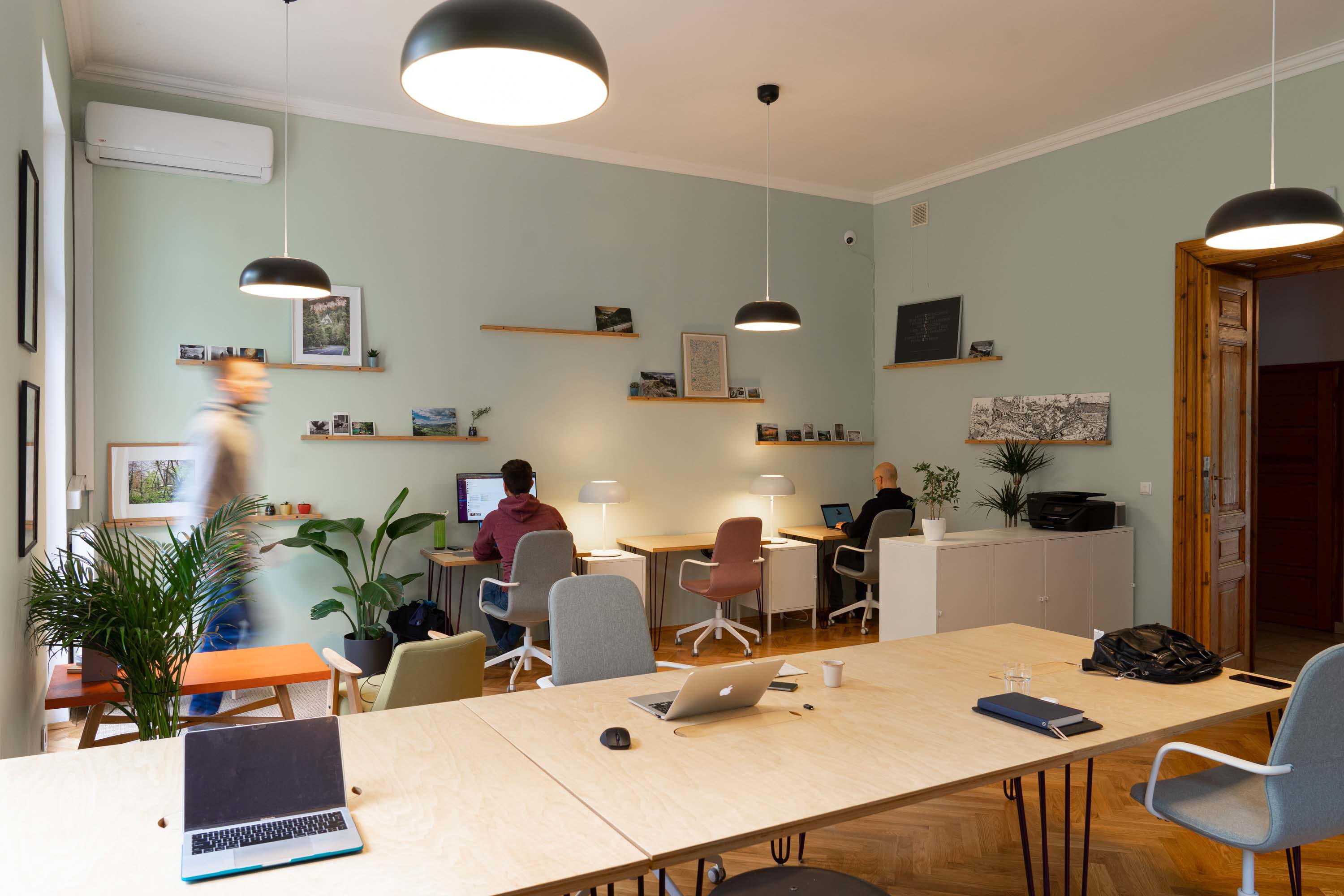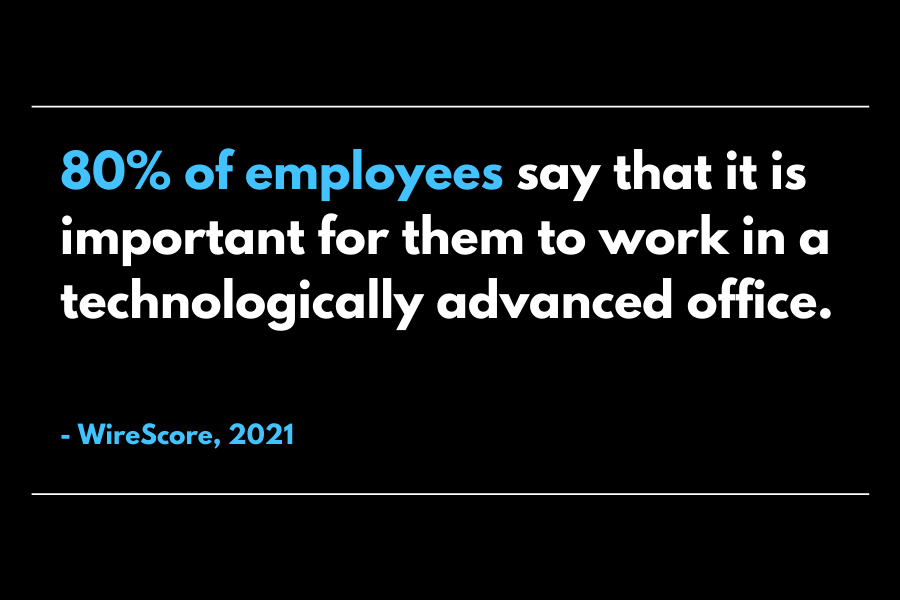
|
July 2021 |
[an error occurred while processing this directive] |
| Building For The Future: Touchless Technology For Operational Resiliency |
Author Bio: Jay Hsueh is the founder and CEO of Roby. He started Roby in 2016 with the mission to create an engaged, productive, and happy workplace by making operations efficient, simple, and personalized www.tellroby.com |
[an error occurred while processing this directive]

| Articles |
| Interviews |
| Releases |
| New Products |
| Reviews |
| [an error occurred while processing this directive] |
| Editorial |
| Events |
| Sponsors |
| Site Search |
| Newsletters |
| [an error occurred while processing this directive] |
| Archives |
| Past Issues |
| Home |
| Editors |
| eDucation |
| [an error occurred while processing this directive] |
| Links |
| Software |
| [an error occurred while processing this directive] |
The Covid-19
pandemic has marked an unprecedented period of change for the Commercial Real
Estate (CRE) industry. Technology that was previously viewed as luxuries or
conveniences, such as smart buildings, touchless experiences, climate
automation and voice controls, have transformed into necessities for the office
due to a shift in workplace norms and ongoing concerns about employee safety.
With so many different factors to consider, how can landlords prepare for the
“new normal” and make future-proof investments in the workplace?
Before discussing
what will generate value in the office moving forward, we need to take a look
at what has changed in our post-pandemic world. Today’s tenants are looking for
more than just a place to work. They want flexibility, safety and genuine human
connection. Just as companies broadly adopted remote and collaboration tools at
the start of the pandemic, now is the time for the CRE industry to embrace
technology that reflects the needs and habits of the modern tenant.
Researchers from WireScore found that 80%
of employees say that it is important for them to work in a technologically
advanced office. Moreover, over one-third plan to take advantage of
environmental information and control systems (such as digitally controlled
temperature, lighting and air quality).

To meet these new
demands, touchless technology is quickly becoming tied to nearly every aspect
of the modern work experience. In order to attract and retain occupants,
property teams need to quell any lingering in-person safety concerns they may
have in regards to crowded areas or communal surfaces and still provide an environment that fosters collaboration
and connectivity. How? By integrating their building portfolios with touchless
solutions that allow people flexibility and control of their office environment
without ever having to
engage with unnecessary touch-points or a shared surface.
As vaccines
continue to roll-out and we transition into post-pandemic life, there’s been a
surge in new touchless technology products available to commercial building
owners. However, despite the wealth of options, a recent study done by Deloitte Insights
found that only one-third of commercial real estate executives believe that
they have the resources and skills required to operate a digitally transformed
business.
“Going touchless”
doesn't need to be a complex, resource-exhaustive
process. Here’s what to look for to ensure you’re providing long-term benefits
to your commercial real estate space:
Reduce Workload
A touchless solution should do more
than just turn off a light or open a door. Technology that automates aspects of
building maintenance such as temperature control, light switches, air
filtration systems, et cetera, allows organizations to maximize their energy
savings over time while easing the day-to-day workload of facility management
teams.
Offer More Than Space
Landlords have to find ways to create
memorable experiences for those who come into the office. From touchless
climate controls to contact-free visitor management, look for property
technology integrations that enhance every aspect of tenant experience from
driveway to desk.
Simplicity = Flexibility
Tenant
adoption is a key component of any new technology’s success. The experience of
using touchless technology needs to be seamless and intuitive for its benefits
to be fully realized. Choose tools that integrate with the infrastructure you
already have in place. Touchless building automation solutions, like Roby, that operate on an interface familiar to tenants, such as Microsoft
Teams or Slack, are an effective way to reduce deployment time and adoption
hurdles for end-users.
Though we can’t predict the future, experts agree that
this pandemic will have lasting impacts. Flexible work environments, more
memorable building experiences, and an expanded definition of workplace safety
are some of the many changes building owners should consider when planning for
years to come. Touchless technology’s role in the commercial real estate
industry has evolved beyond a luxury product or short-term solution to
government regulations. When chosen correctly, it’s a valuable asset that will
facilitate stronger connections, improve productivity and generate immense
overall value to your portfolio.
Author Bio:
Ja y Hsueh is the founder and CEO of Roby. He started
Roby in 2016 with the mission to create an engaged, productive, and happy
workplace by making operations efficient, simple, and personalized. Born in
Taiwan, Jay was educated in the US and holds an MSEE from the University of
Southern California.
y Hsueh is the founder and CEO of Roby. He started
Roby in 2016 with the mission to create an engaged, productive, and happy
workplace by making operations efficient, simple, and personalized. Born in
Taiwan, Jay was educated in the US and holds an MSEE from the University of
Southern California.
[an error occurred while processing this directive]
[Click Banner To Learn More]
[Home Page] [The Automator] [About] [Subscribe ] [Contact Us]